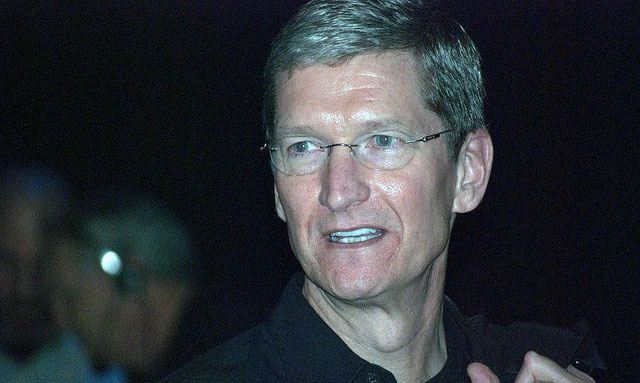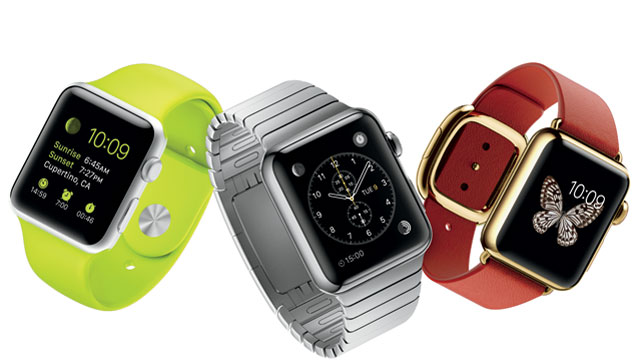
Apple’s event at San Francisco’s Yerba Buena Center was widely expected to focus on the release of the Apple Watch.
In a move that took everyone by surprise, however, Apple also released a new software platform called ResearchKit. Like HealthKit, the platform allows medical researchers to create applications that specifically support the enrolment of subjects in medical trials and the continuous collection of data for research projects.
Five sample applications supporting research into Parkinson’s disease, cardiovascular disease and breast cancer were built with partner universities in the US, UK and China for the launch of the kit. Unusually for Apple, the platform will be open sourced, which means that others can contribute to the core platform.
Apple has made it clear that none of the data collected through ResearchKit will be seen by the company.
The benefit of using a software framework of this type is that it standardises the collection and sharing of research data, potentially in real time from research subjects. Data collected in multiple studies could potentially be linked and shared.
Apple is not the first company to throw resources into helping researchers use technology in their research. Google and Amazon have both built computing infrastructure to support research involving large amounts of data and high-performance computers. With ResearchKit, Apple is facilitating one of the more challenging aspects of research, interfacing with test subjects.
HBO Now
In more traditional form, Apple also used the event to announce a lowering of the price of the Apple TV box by 30% to US$69. It will also be the exclusive platform for the release of a service called HBO Now, which will provide all of HBO’s content via the device. This means that the new episodes of Game of Thrones can be subscribed to directly from HBO for $14,99/month rather than through a cable subscription. The service will be available only in the US at first.
12-inch MacBook
Apple has released a new 12-inch MacBook which is not in the “Air” range but is actually thinner and lighter than any of the MacBook Airs and boasts a “Retina” display. Technologically, the laptop will be the first Apple device to support the new USB-C cable configuration, which resembles Apple’s Lightning cables but replaces the display, charging and data transfer ports.
The MacBook Air and MacBook Pros get refreshes with faster components across the range.
Apple Watch
Although the Apple Watch had previously been announced, the final launch of the watch was expected to fill in many of the questions about what would be actually released, and at what price. Most of the introduction by Apple CEO Tim Cook, however, was a rerun of the previous event.
What was new were especially created apps that were available for the release of the watch, including apps from Instagram, Uber, Twitter, SPG (hotel check-in and room key functionality), Shazam and Apple’s own Apple Pay, Passbook and on-watch Notifications. Apple Watch apps will have their own section in the iTunes store.

Although the presentation was not completely new, it highlighted how innovative the interface on the watch was. Time will tell whether this overcomes some of the limitations of this type of interface highlighted by Android Wear and Samsung’s Galaxy Gear.
The Apple Watch Sport in anodised aluminium will come in two sizes (38mm and 42mm) and will cost $349 and $399 for the two sizes. The stainless steel Apple Watch will also come in the same two sizes and cost between $549 and $1 049 depending on the band. The gold Apple Watch Edition will be released in limited outlets and cost $10 000.
The watches will be available for pre-order on 10 April and shipping on 24 April in nine countries including Australia and the UK.
Questions still remain about how the watch will do, how often it will need to be recharged and whether sufficient numbers of Apple customers actually buy the watch. However, as with all Apple events, the speculation is now over and the debate based on experience can begin.![]()
- David Glance is director of UWA Centre for Software Practice at the University of Western Australia
- This article was originally published on The Conversation




